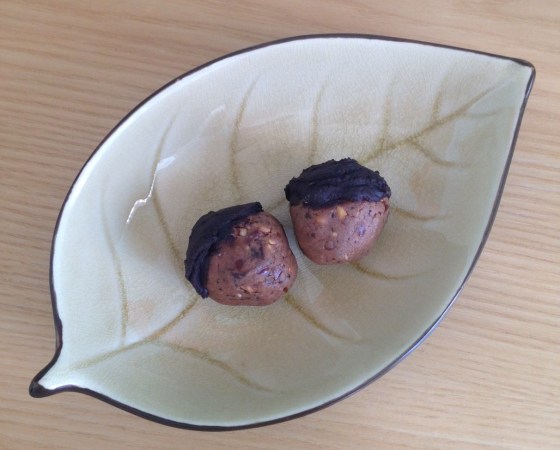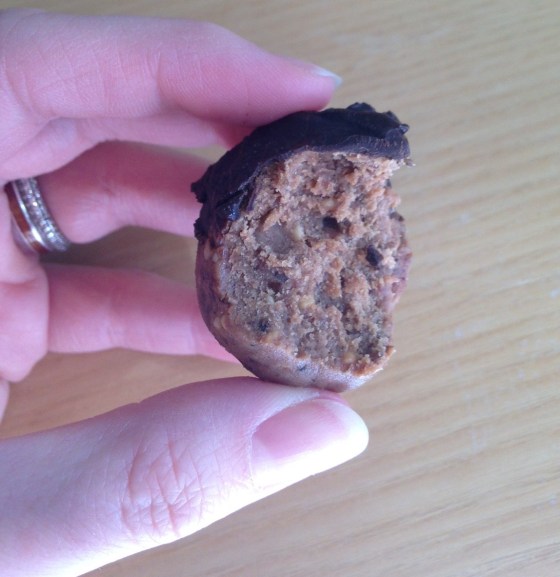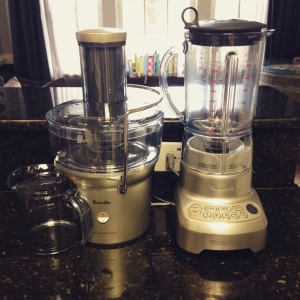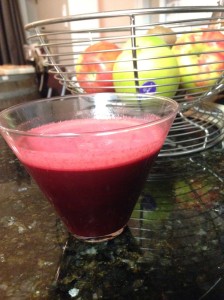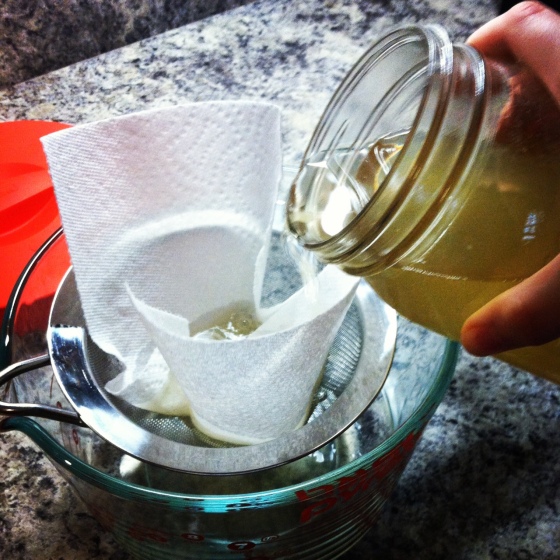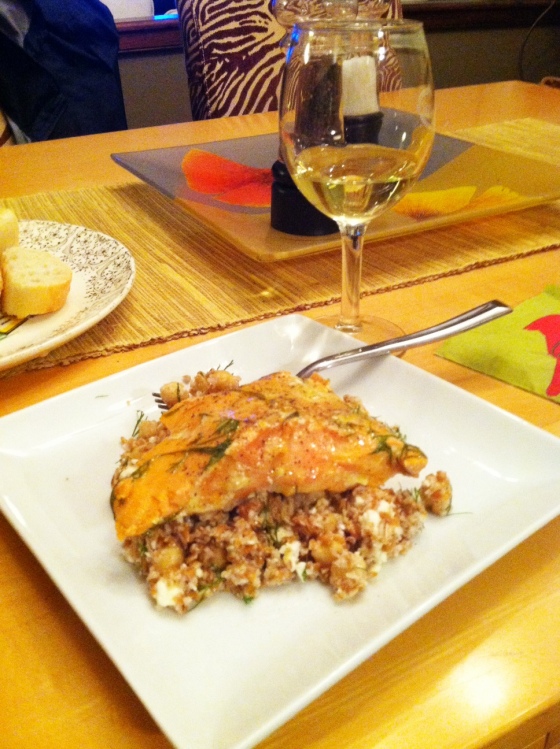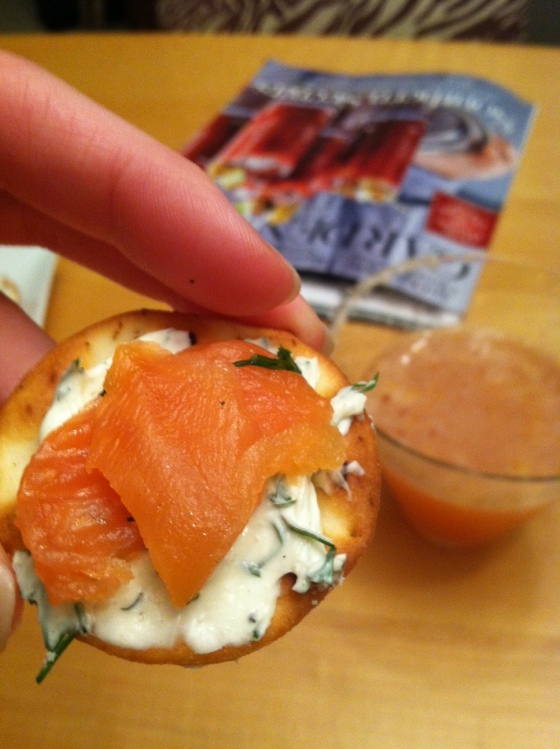I do a lot of working out and a lot of lifting weights, and when you do that, you have to give your body protein when you’re done or else you’ll actually burn muscle instead of fat. Most of the time after I workout, I have a Juice Plus shake or smoothie, but sometimes I just want a quick little snack. I’ve also been researching and eating more chia seeds lately, in smoothies, juices, baking, etc.
Chia (yes, the same chia that is subjected to clay likenesses of Duck Dynasty characters’ live beards) is a tiny, edible seed that is derived from the desert plant Salvia hispanica. It grows in Mexico and is dated back to the Mayan and Aztec cultures who ate the tiny black or white seeds as an energy booster. Today, people eat them for the same reason and many others that we now know. The seeds are packed with Omega-3 fatty acids, protein, fiber, antioxidants and even calcium. Unlike flax seeds, chia seeds are a whole grain food that can be absorbed by the body in its seed form (flaxseeds can only be absorbed if ground – otherwise they pass through your system untouched). One ounce (about 2 tablespoons) contains 139 calories, 4 grams of protein, 9 grams fat, 12 grams carbohydrates and 11 grams of fiber, plus vitamins and minerals.
So it’s a great item to add into your diet whenever possible since they are so nutrient dense. There are also claims that because of their high fiber content, they can help you stay fuller for longer, and so for some people, perhaps, help them to lose weight. That’s a harder claim to prove, but it’s there.
So yesterday, after my workout, I decided to create a protein-rich post-workout snack that’s also just a tiny bit indulgent. You can find chia seeds at your local health food store and nowadays probably in your grocery store’s organic or health section. White or black chia are fine – I’m not aware of any particular taste difference, although there may be some. The chia doesn’t really affect the taste all that much in this recipe.
Protein Packed Chia Acorns
Ingredients:
- 5 Medjool dates, pitted (yes, they have pits as my food processor discovered for me!)
- 4 tbs of organic, low-sugar or no sugar peanut butter or other nut butter including almond, cashew – even tahini (sesame seed butter). PB can be creamy or crunchy.
- 2 tsp chia seeds, ground (I grind flax and chia in my coffee grinder)
- 1 scoop of Juice Plus chocolate shake mix or any other protein powder – I prefer chocolate flavored, but vanilla or unflavored is also OK. 1 scoop of Juice Plus is 38 grams – usually protein powders are measured by weight, not volume….soooo, you’re just going to have to sort of estimate there. I’d say the scooper that comes with it is around 1/4 cup?
- 1/4 cup of dark chocolate chips or pieces
- 1 tsp vegan butter (or real butter, if you’re lucky enough to have a body that can process dairy)
Method:
- Process the dates, nut butter, chia seeds and protein powder in a food processor until crumbly and mixed well.
- Using a cookie scoop, scoop out 10-12 balls and roll in your hands until they’re round and packed firmly. Place on a parchment lined baking sheet.
- Microwave the chocolate and vegan butter in a heat proof glass dish for about a minute, on low, stirring with a silicon spatula about halfway through. If not completely melted after one minute, microwave for 10 second increments, checking each time to see if the chocolate is smooth.
- Once smooth, dip each ball halfway into the chocolate (or use a small spatula to spread the chocolate onto the protein balls) and place back onto the parchment.
- Freeze for half an hour, then put into an airtight container and store in the refrigerator.
These are really yummy, just a little indulgent, and packed with protein. However, I think if I make them again, I might try a different method. I was thinking it might be easier to take the processed mixture, pack it into a parchment lined brownie pan, melt the chocolate, then spread the chocolate over the top of the mixture, freeze, then cut into squares and wrap individually in the fridge. Probably not as cute as these little acorns, but maybe a tiny bit easier to make and store?
Anyways, give chia a chance. It’s not just for white elephant gift exchanges anymore.

